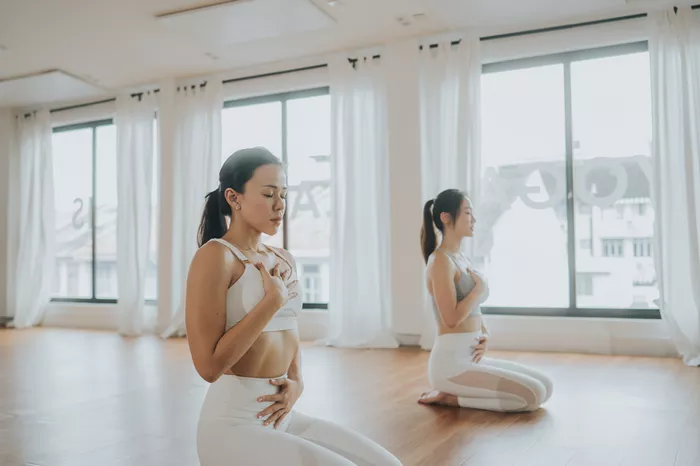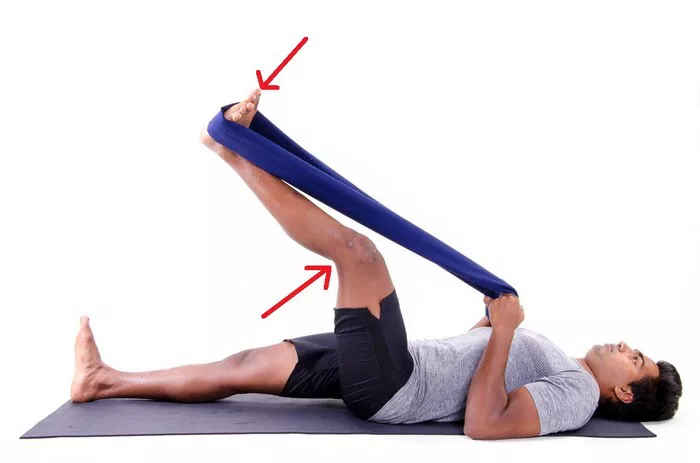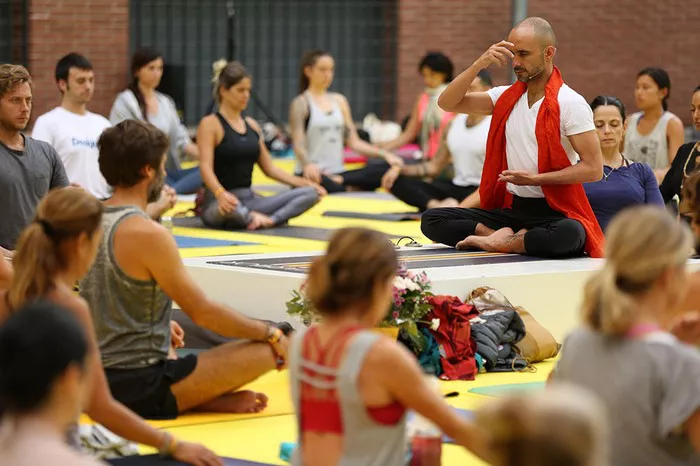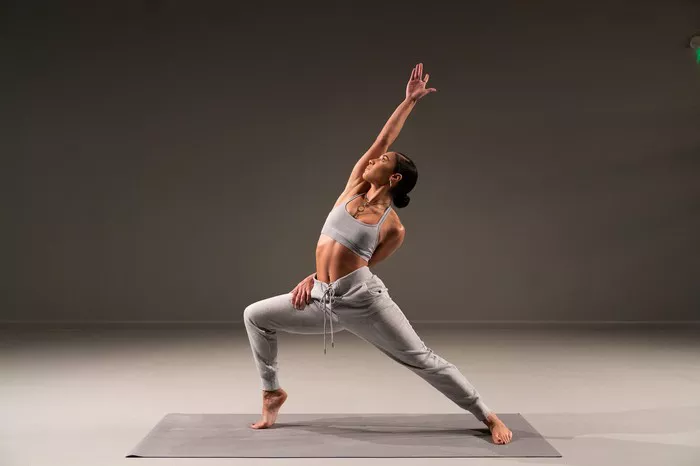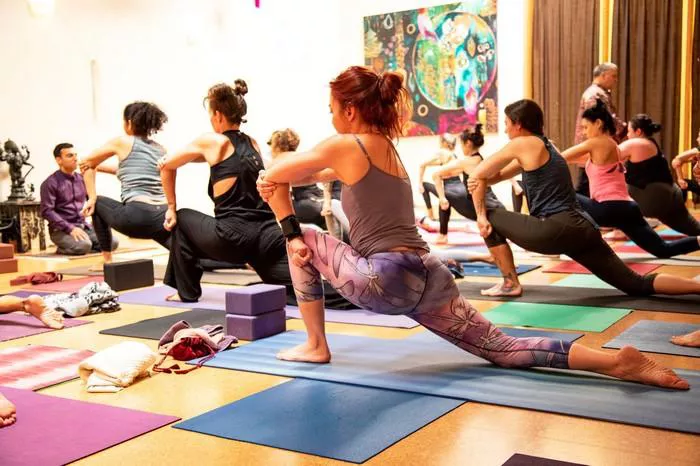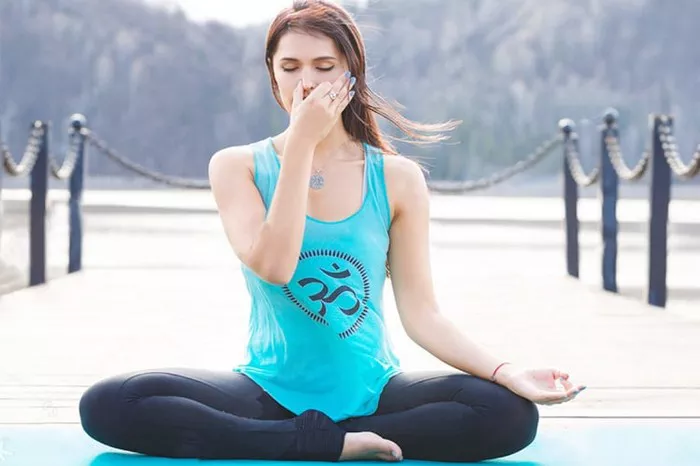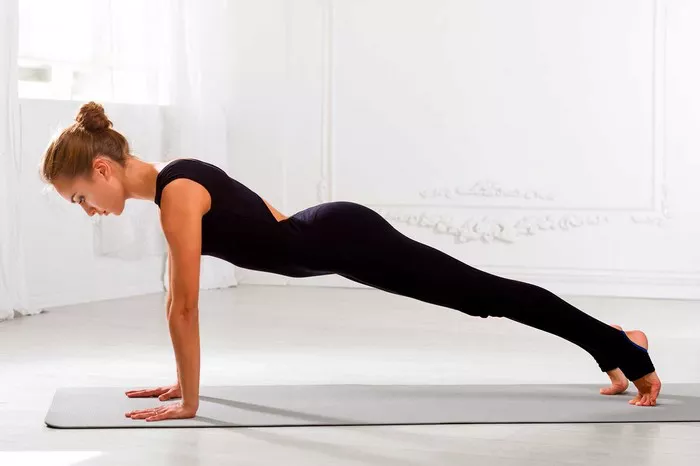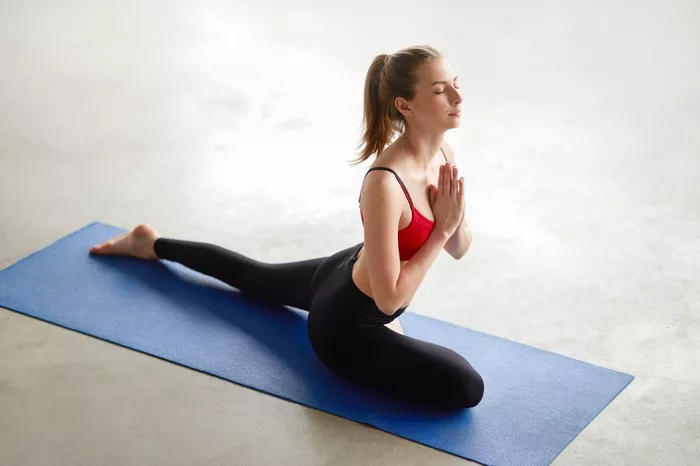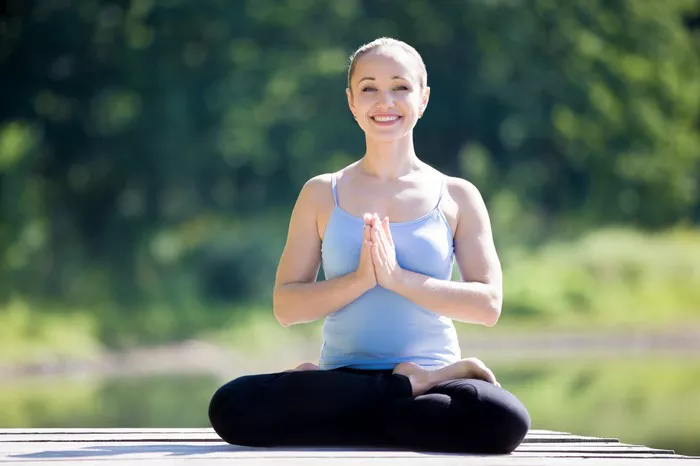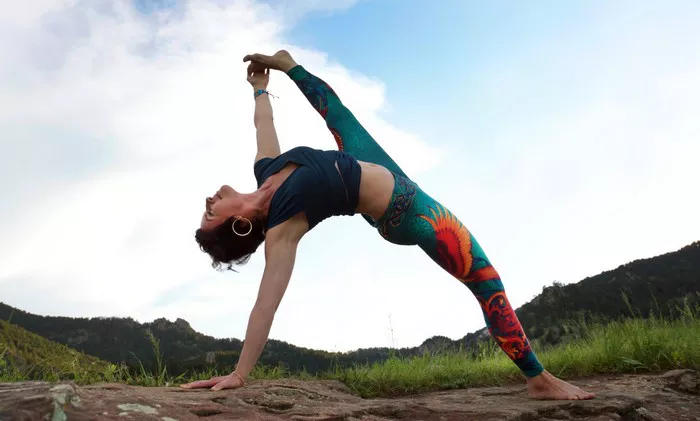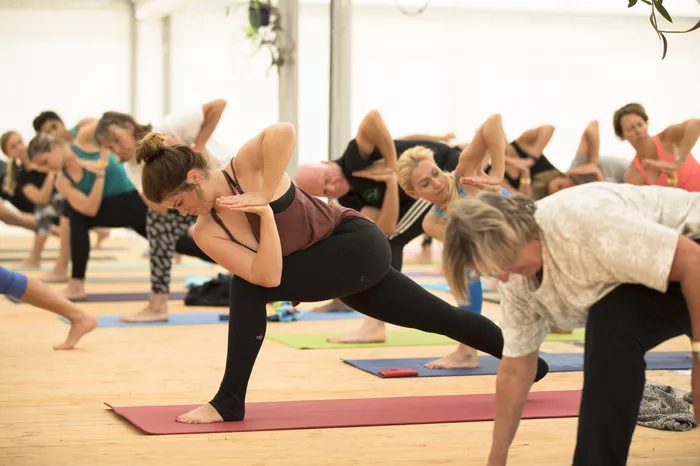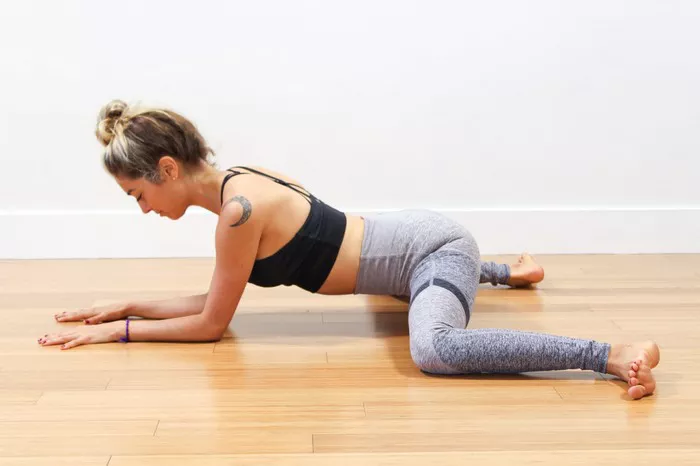Iyengar Yoga is a form of Hatha Yoga developed by B.K.S. Iyengar, emphasizing precision, alignment, and the use of props. This yoga style focuses on the structural alignment of the body through practice of asanas (postures). It is suitable for individuals of all ages and levels of fitness, making it one of the most accessible yoga practices available today. Iyengar Yoga is known for its therapeutic benefits and the use of props such as belts, blocks, and blankets, which help practitioners achieve correct alignment safely and effectively.
1. Principles of Iyengar Yoga
Iyengar Yoga is built on several foundational principles that distinguish it from other yoga styles:
- Alignment: One of the core tenets, alignment ensures that the body is positioned correctly in each pose, promoting balance and preventing injury.
- Precision: Each movement is carefully executed, often with detailed instructions from instructors.
- Use of Props: Blocks, straps, and bolsters help practitioners maintain correct posture, particularly beginners or those with physical limitations.
- Sequencing: Poses are practiced in a specific order to optimize their effects and ensure safe progression.
- Duration: Poses are often held for longer durations to build strength and enhance awareness.
These principles contribute to the methodical and therapeutic nature of Iyengar Yoga.
2. Physical Benefits of Iyengar Yoga
Iyengar Yoga has numerous physical benefits, many of which are supported by research and practitioner testimony. Regular practice helps in improving flexibility by gently stretching muscles and soft tissues. It also strengthens muscles, enhances posture, and increases stamina. People with conditions like back pain, arthritis, or postural problems often find relief through targeted Iyengar Yoga practices.
Holding poses for extended periods while maintaining proper alignment contributes significantly to muscle endurance. In addition, improved balance and coordination are also key outcomes of consistent practice. These physical benefits can translate into better performance in daily activities and other forms of exercise.
3. Mental and Emotional Benefits
Beyond physical wellness, Iyengar Yoga also supports mental clarity and emotional stability. The emphasis on precision and mindfulness in poses helps quiet the mind and reduce stress. By focusing on body alignment and breath, practitioners often enter a meditative state, which can alleviate symptoms of anxiety and depression.
Studies have shown that yoga, including Iyengar Yoga, can decrease cortisol levels (a stress hormone) and promote a sense of calm and emotional resilience. As a holistic practice, it fosters a deep connection between body and mind, encouraging introspection and self-awareness. This makes it especially beneficial for those dealing with high stress levels or emotional imbalances.
4. Therapeutic Applications
One of the most significant aspects of Iyengar Yoga is its therapeutic potential. Iyengar himself spent years developing sequences that address specific health issues, ranging from musculoskeletal problems to respiratory and digestive conditions. Many rehabilitation programs incorporate Iyengar Yoga due to its ability to support recovery and healing.
For example, individuals with scoliosis, herniated discs, or joint issues often benefit from customized Iyengar sequences that use props to accommodate their needs. Similarly, people recovering from surgery or chronic illness can gradually rebuild strength and mobility. Certified Iyengar Yoga therapists are trained to adapt poses to the individual, ensuring a safe and effective practice.
5. Iyengar Yoga vs. Other Styles
When compared to other yoga styles, Iyengar Yoga stands out for its attention to detail and accessibility. Unlike Vinyasa or Ashtanga yoga, which emphasize continuous movement, Iyengar Yoga involves longer holds and meticulous alignment. This allows practitioners to go deeper into each pose and fully understand their body’s mechanics.
While Yin Yoga also emphasizes long-held postures, it targets the fascia and is more passive, whereas Iyengar Yoga remains active and strength-building. Bikram Yoga focuses on a fixed sequence in a heated room, which is vastly different from Iyengar Yoga’s adaptable and prop-supported approach. Overall, Iyengar Yoga offers a structured and therapeutic path that appeals to those seeking precision and stability.
6. Suitability for Different Age Groups
One of Iyengar Yoga’s strengths is its adaptability across age groups. Children benefit from improved focus and body awareness, while adults can use the practice to maintain fitness and reduce stress. Seniors particularly appreciate the supportive nature of Iyengar Yoga, which allows them to engage in physical activity without strain.
Props such as chairs and walls are often used in senior classes, enabling safe participation. This makes Iyengar Yoga an inclusive form of exercise for people dealing with age-related issues like arthritis, osteoporosis, or balance difficulties. Its flexibility also means that people can continue practicing it throughout their lives, adapting as their needs change.
7. Learning and Practicing Iyengar Yoga
Starting with Iyengar Yoga involves learning from certified teachers who have undergone rigorous training. Classes typically begin with foundational poses, gradually advancing to more complex sequences. The use of props helps ease newcomers into the practice, ensuring they can perform poses safely and correctly.
Practitioners are encouraged to listen to their bodies and avoid forcing themselves into poses. Over time, as understanding and strength grow, students can attempt more challenging asanas. Regular practice is key to experiencing the full benefits. Many students also practice at home using books or online videos, though in-person guidance is especially valuable.
Tips for Beginners
- Start with a certified teacher. Ensure the instructor is properly trained in Iyengar Yoga.
- Use props generously. They are designed to aid, not hinder.
- Focus on alignment. Quality matters more than quantity.
- Be patient. Progress in Iyengar Yoga can be slow but is often long-lasting.
- Listen to your body. Avoid pushing through pain or discomfort.
8. Scientific Research and Studies
Numerous studies have explored the effects of Iyengar Yoga on various health conditions. For instance, a study published in the journal Spine showed that patients with chronic lower back pain experienced significant improvements in pain intensity and disability after practicing Iyengar Yoga. Another study found positive results in individuals with depression, highlighting yoga’s impact on mental health.
Research also indicates that Iyengar Yoga can improve heart rate variability, reduce inflammation, and enhance respiratory function. Because of its structured and adaptable nature, it is frequently included in clinical settings and wellness programs. While more research is always beneficial, existing studies provide strong evidence of Iyengar Yoga’s effectiveness.
9. Common Challenges and How to Overcome Them
Like any discipline, practicing Iyengar Yoga comes with its challenges. Some people may find the emphasis on detail overwhelming at first. Others may struggle with physical limitations that make certain poses difficult. However, these obstacles can usually be overcome with time, patience, and proper instruction.
For beginners, it helps to maintain a consistent schedule and practice regularly. Attending classes with an experienced teacher can significantly enhance understanding. Additionally, keeping a yoga journal to track progress can be motivating. Accepting where you are and progressing gradually ensures a safe and rewarding experience.
Conclusion
Iyengar Yoga offers a comprehensive path to physical health, mental clarity, and emotional balance. With its emphasis on alignment, precision, and the use of props, it is accessible to people of all ages and fitness levels. Its therapeutic potential makes it especially valuable for those dealing with chronic conditions or recovering from injury.
Unlike more dynamic yoga styles, Iyengar Yoga provides a stable and structured approach that encourages deep awareness and sustainable growth. Whether you are new to yoga or seeking a practice that supports healing and self-discovery, Iyengar Yoga can be a highly effective and transformative choice.
FAQs
Q1: Is Iyengar Yoga suitable for beginners?
Yes, Iyengar Yoga is highly suitable for beginners due to its use of props and emphasis on correct alignment. Certified instructors guide students through each pose safely and effectively.
Q2: How often should I practice Iyengar Yoga to see results?
Practicing 2 to 3 times a week can yield noticeable results in flexibility, strength, and mental clarity. Consistency is more important than intensity.
Q3: Can Iyengar Yoga help with back pain?
Absolutely. Many sequences in Iyengar Yoga are specifically designed to relieve back pain and improve spinal alignment. Consult a certified teacher for personalized guidance.
Q4: Is Iyengar Yoga a form of meditation?
While it is not traditional seated meditation, Iyengar Yoga incorporates meditative elements through breath control and focused attention on poses, leading to mental calm and awareness.
Q5: What equipment do I need to practice Iyengar Yoga at home?
Basic props include a yoga mat, blocks, straps, and a bolster. These assist in maintaining alignment and enhancing the effectiveness of your practice.
Q6: Can older adults practice Iyengar Yoga?
Yes, Iyengar Yoga is ideal for older adults due to its adaptability and focus on safety. Props and modified poses make it accessible for seniors with varying levels of mobility.

